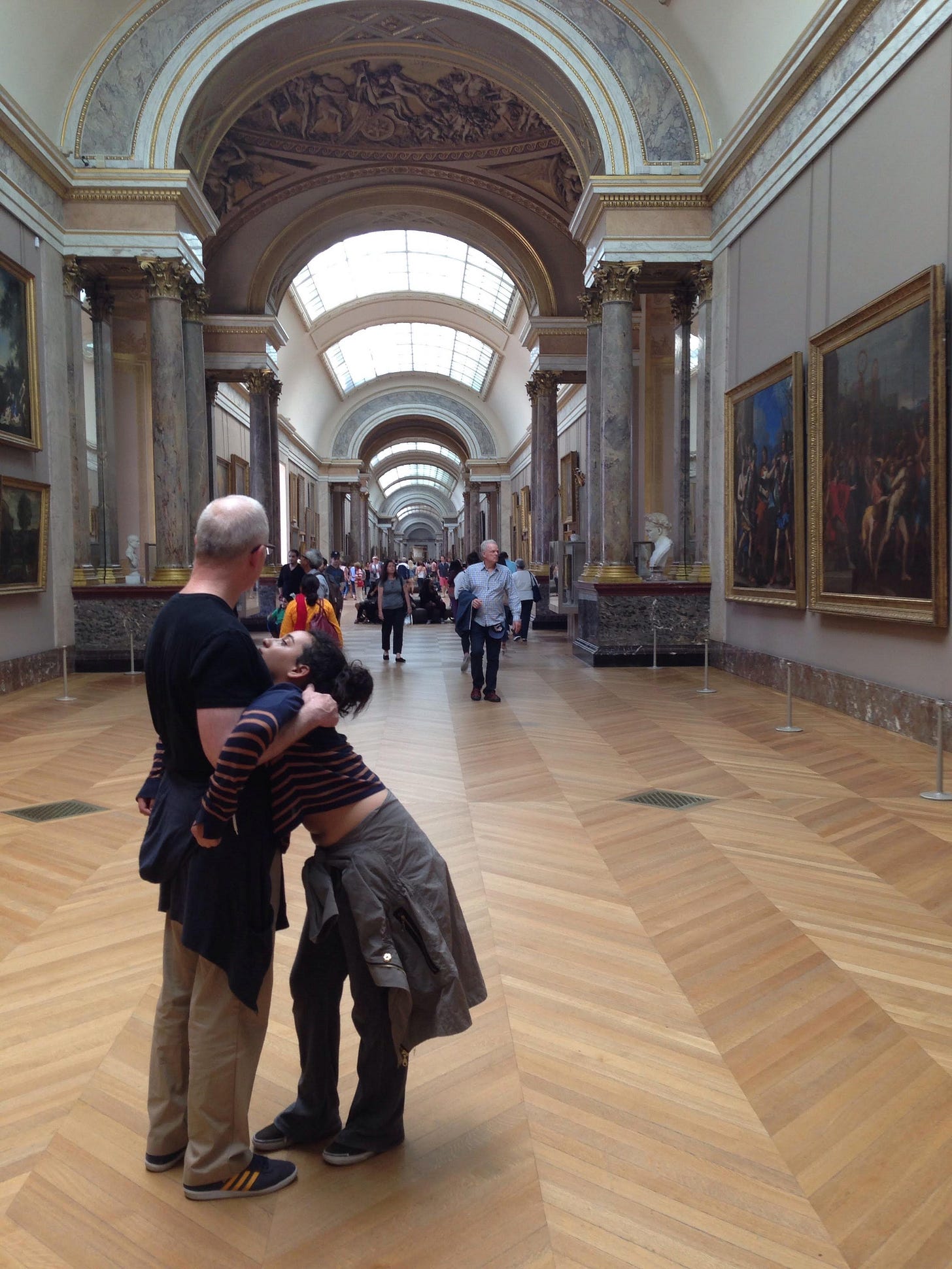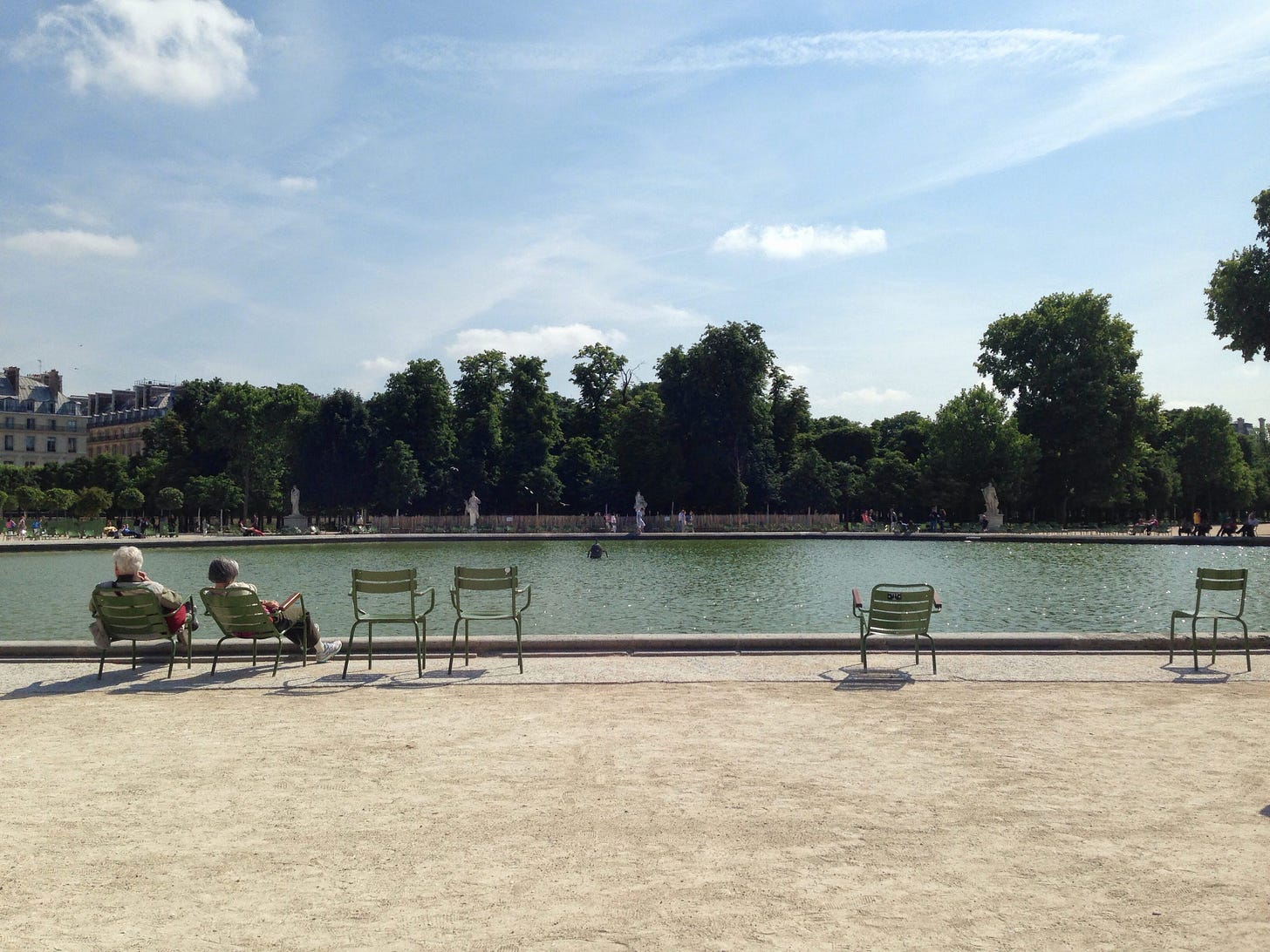One more church. One more museum.
Overcome Monotony and Fatigue in Travel: A Guide to Enjoying Museums and Historical Sites
Discovering the world usually entails exploring iconic religious sites, museums, and archaeological sites. Initially, the paintings, tile work, ceilings, and tapestries captivate you. You're determined to read every placard, absorbing everything you can. After three days of your trip, every Buddha statue blends together. You may suspect that the same Italian Renaissance painting of baby Jesus and the Virgin Mary is following your travels across Europe. It can transform into an experience that is repetitive and less enjoyable. This sensation is real. There are several factors that lead to this fatigue, including information overload, physical exhaustion, sensory overload, and cognitive overload. However, there are strategies to conquer it and enhance your trip's significance and enjoyment.
What has caused you to have this reaction?
There's a reason for the tiredness you experience upon entering the Louvre. You are going numb due to several ongoing processes.
Information Overload. The Louvre displays around 38,000 objects from its collection, an immense amount of artifacts and information. It’s common to feel overwhelmed because it's unrealistic to absorb everything. If you arrived at the Louvre at opening, looked at each work for one minute until closing, it would take you over 2 months to see everything.
Physical Exhaustion. The Louvre collection covers over 782,910 sq ft. If you're exhausted from jetlag and hours of walking in Paris, you might zone out before even entering the building.
Sensory Overload The visual richness of museums can lead to sensory overload, where continuous visual stimuli overwhelm the brain.
Cognitive Load. We have limited capacity for processing information. In a museum, there's so much to see that it can be overwhelming and exhausting.
Strategies to Overcome Your Edifice Complex
Don’t give up. There are actions you can take to address this problem.
Focused Visits. Cover the accepted highlights of a place first, then explore a niche interest afterwards. I understand it may seem touristy or shallow, but it's impossible to experience everything at once. Keep in mind that you have the option to approach things differently on your next visit. Rick Steves, the GOAT of Europe Travel, has put together a self-guided Louvre tour featuring the museum's "greatest hits," as have other top travel guides. A focus on specific interests can simplify and lighten cognitive load. Don't waste time exploring the entire floor, prioritize seeing the Mona Lisa and the Venus de Milo. This method applies to places that are not as famous as the Louvre. In visiting the Idaho State Museum in Boise on a recent trip, I first covered the exhibits that were to the locations I’d visited in Southern Idaho, since I’ve yet to explore the northern part of the state.
Pre-visit Preparation. Learning basic information about the history, art, and architecture of the places you plan to visit beforehand can lessen the fatigue of absorbing new information on the spot. Instead of attempting to understand and absorb all the fresh knowledge immediately, you can simply enjoy and experience the site, considering you already have a foundational understanding.
Guided Tours and Audio Guides. Opting for guided tours or using audio guides can provide structured and coherent information, making it easier to process than reading disconnected facts. The Louvre offers an audio guide on Nintendo 3DSs for just €5. You can also download an audio guide to the Louvre from the Rick Steves website. Audio tours have their advantages. They let you go at your own pace. However, a study on Canadian historical sites discovered that participants on live guided tours experienced less fatigue and had better memory retention compared to those on audio tours.
Taking Breaks and Limiting Daily Activities. Regular breaks and balancing demanding activities with more relaxing ones prevent cognitive overload. If you plan to spend more than a few hours in the Louvre, consider breaking it up with a visit to one ’s cafes or restaurants. When you're done exploring the museum, consider choosing an outdoor activity instead of visiting yet another museum after the Louvre. Visit the Tuileries Garden, for example, to reset and help process everything you took in.
Tailoring to Your Interests. Engaging with content that fascinates you can reduce burnout and help you enjoy and learn from what you’re experiencing. You could just explore textiles, tool and instruments, or the works of Reubens in Salle 855.
Plan online. reduce all the logistics stress by using technology to get tickets, guides, tours, and anything else before you go. Use the e-book application on your phone, like Amazon Kindle, to download your guidebook to your device.
Embrace a Balanced Approach
It’s crucial not to be overwhelmed by guilt when not seeing everything. Remember, you can’t view every painting in the Louvre. It’s more important to enjoy and retain what you see. Balancing your day, both in terms of physical and cognitive activities, is key to a fulfilling travel experience. By implementing these strategies, you can transform your visits from a checklist of sights to a more meaningful and enjoyable exploration of culture and history.




